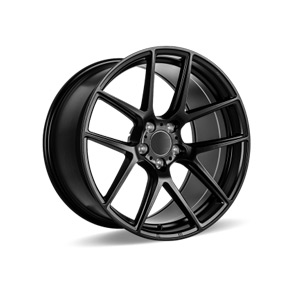Understanding Gear Linkage Cable Functionality and Maintenance Tips for Optimal Performance
Understanding Gear Linkage Cables An Essential Component for Smooth Transmission
When it comes to the anatomy of a vehicle, many components seamlessly work together to ensure a smooth and efficient driving experience. One such component, often overlooked by the casual driver, is the gear linkage cable. This seemingly simple cable plays a critical role in the manual transmission of a vehicle, translating the driver’s intentions into precise gear changes. This article delves into the importance, function, and maintenance of gear linkage cables.
What is Gear Linkage Cable?
The gear linkage cable is a flexible wire designed to connect the gear stick or shifter to the transmission. When a driver moves the gear stick to change gears, the cable transmits this movement to the transmission, allowing the appropriate gear to engage. In essence, the gear linkage cable serves as a bridge between the driver’s input and the car's transmission system, ensuring that the gears can be selected smoothly and accurately.
Importance of Gear Linkage Cables
The performance of a vehicle’s transmission system heavily relies on the efficient functioning of its gear linkage cables. A well-functioning cable ensures
1. Smooth Gear Changes The primary purpose of the cable is to facilitate smooth transitions between gears. A worn or damaged cable may result in difficult gear shifts, leading to a frustrating driving experience.
2. Precision The accuracy with which a gear engages is dependent on the condition of the linkage cable. A frayed or stretched cable may cause gears to grind or not engage fully, which can lead to significant transmission issues over time.
3. Driver Control The responsiveness of the gear stick is critical for the driver’s control over the vehicle. Any delay or lack of responsiveness due to cable malfunction can impede driving performance, especially during maneuvers that require quick gear changes.
Signs of Wear and Damage
gear linkage cable

Understanding the signs of a failing gear linkage cable is crucial for all vehicle owners. Common indicators include
- Difficulty Shifting Gears If you experience resistance or stiffness when changing gears, it could be a sign that the cable is damaged or out of alignment. - Unusual Noises Grinding, popping, or clunking noises during gear shifts may indicate that the cable is worn or that there is an issue with the transmission itself. - Gear Slippage If the vehicle suddenly slips out of gear while driving, this can be a direct result of a malfunctioning cable that is unable to maintain the correct tension. - Visual Inspection Regular checks should be made for any signs of fraying, kinks, or corrosion in the cable. If the cable appears damaged, it should be replaced immediately to prevent further issues.
Maintenance Tips
To prolong the life of a gear linkage cable and ensure optimal performance, vehicle owners can take several proactive measures
1. Regular Inspections Frequently inspect the cable for wear and tear, especially if the vehicle is often subjected to rough driving conditions.
2. Lubrication Apply appropriate lubricants to the points where the cable moves to reduce friction and wear. However, avoid over-lubricating, which can attract dirt and debris.
3. Professional Servicing When in doubt, it is best to consult a professional mechanic. They can assess the condition of the gear linkage cable as part of regular vehicle maintenance.
Conclusion
In summary, the gear linkage cable is a vital component that ensures smooth and precise gear changes in a vehicle’s manual transmission system. By understanding its function, recognizing the signs of wear, and maintaining the cable properly, drivers can enhance their driving experience and prolong the lifespan of their vehicle's transmission. A little attention to this unassuming yet essential part of your car can make a significant difference in its performance on the road.
-
Workings of Clutch Pipe and Hose SystemsNewsJun.04,2025
-
The Inner Workings of Hand Brake Cable SystemsNewsJun.04,2025
-
The Secrets of Throttle and Accelerator CablesNewsJun.04,2025
-
The Hidden Lifeline of Your Transmission Gear Shift CablesNewsJun.04,2025
-
Demystifying Gear Cables and Shift LinkagesNewsJun.04,2025
-
Decoding Clutch Line Systems A Comprehensive GuideNewsJun.04,2025
